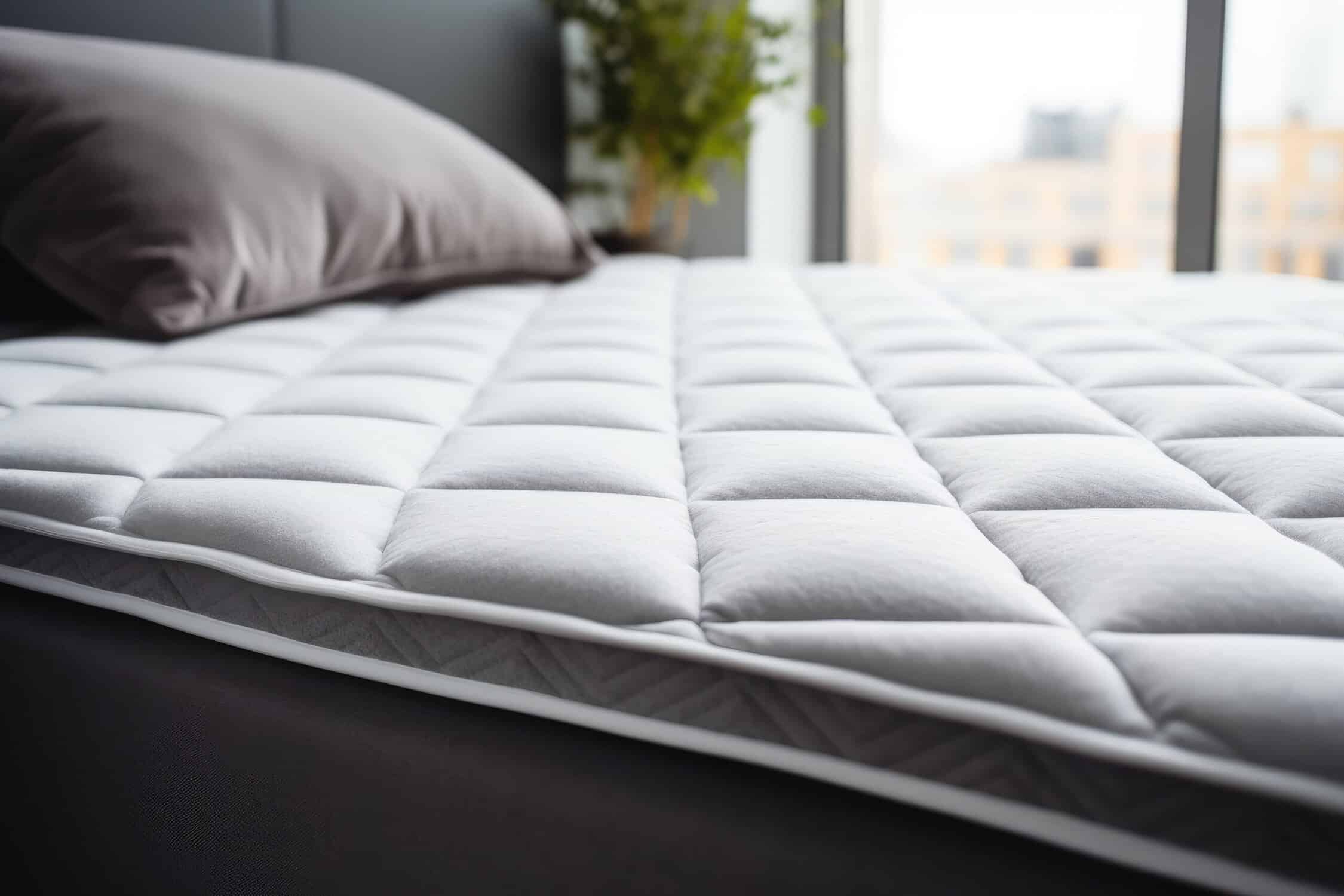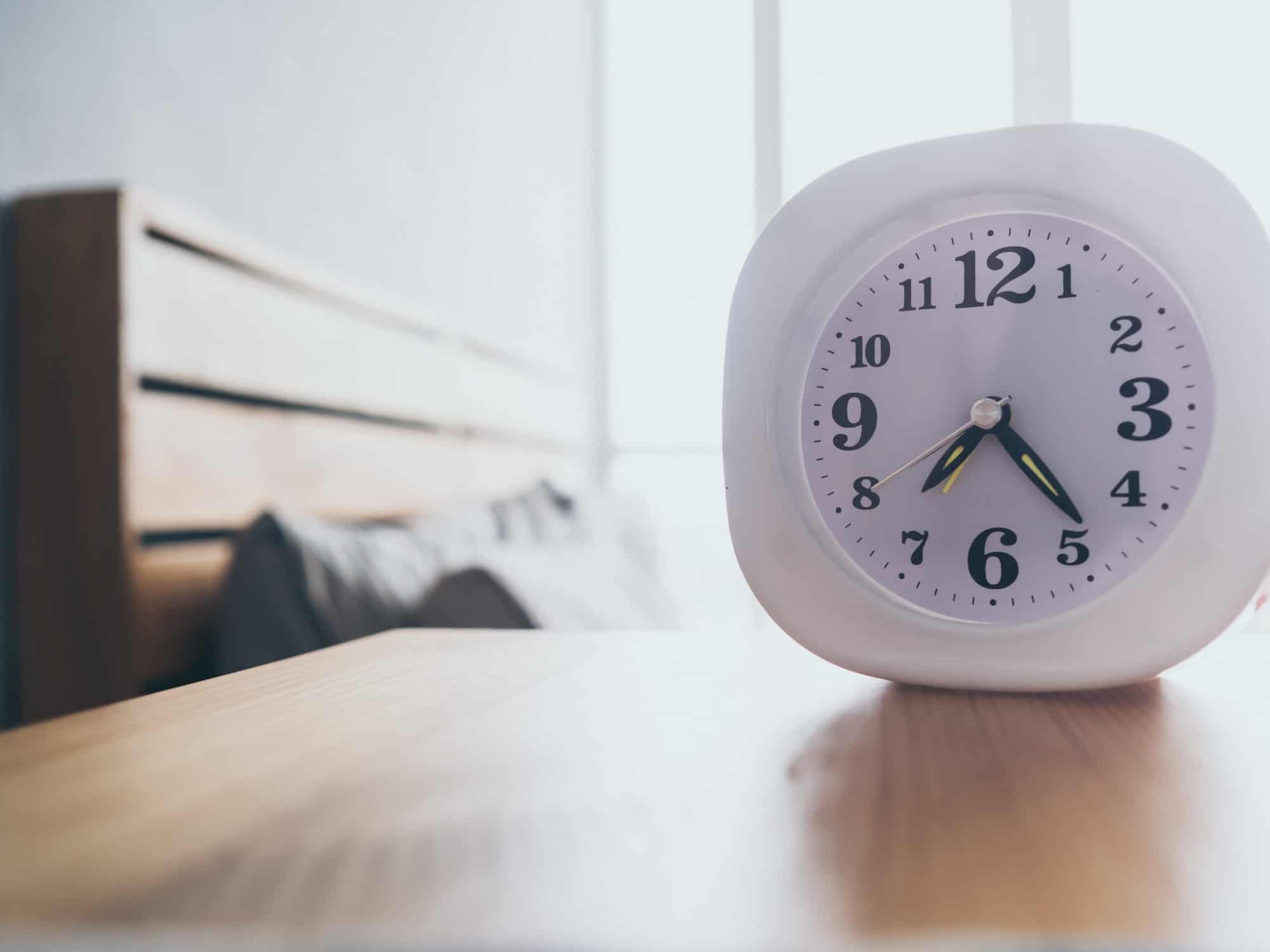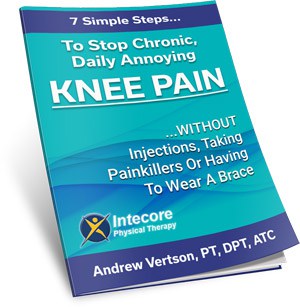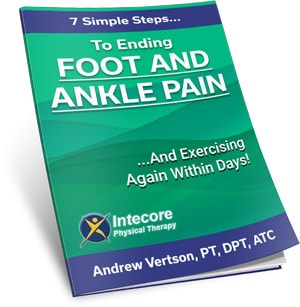
Have you ever wondered why sciatica seems to flare up more at night, disrupting your much-needed sleep? Sciatica, a condition that causes pain along the sciatic nerve, which runs from the lower back down to each leg, can significantly impact your sleep and your overall quality of life. This condition is typically caused by issues such as a herniated disk, bone spur on the spine, or spinal stenosis, leading to nerve compression. This results in inflammation, pain, and sometimes numbness in the affected leg (Mayo Clinic).
Getting comfortable enough to sleep can be a real challenge for those suffering from sciatica. Sleep is essential for the body’s healing processes, and without it, the cycle of pain and poor rest can become a debilitating pattern.
In this blog post, we’ll explore various effective techniques and adjustments that can help alleviate your discomfort during the night. From modifying your sleeping position to selecting appropriate bedding and developing pre-sleep routines, there are several ways to mitigate the pain caused by sciatica and ensure a better night’s rest.
More Posts Like This From Intecore:
Major Causes of Back Spasms and How To Alleviate the Pain
Soothe Sharp Hip Pain with These Proven Tips
Can My Lower Back Pain Be Cured?
Table of Contents
Understanding Sciatica and Its Impact on Sleep
Imagine this: you’re all set for a good night’s sleep, but just as you’re about to drift off, a sharp pain zings from your lower back down to your legs.
Sciatica isn’t a condition but a symptom of various underlying issues. This nerve, the longest and widest in the body, starts in the lower back, splitting like a fork in the road down each leg. The usual culprits behind sciatica’s pain are a herniated disk, a rogue bone spur, or spinal stenosis – which is basically a fancy term for the narrowing of spaces in the spine. These troublemakers press on the nerve, causing inflammation, pain, and sometimes a tingling sensation or numbness that travels down the leg (source: Mayo Clinic).
So, how does sciatic nerve pain affect your sleep? Imagine trying to sleep while someone keeps pinching you – not the most conducive environment for restful sleep, right? Sciatica pain tends to intensify when you’re lying down, thanks to the pressure on the nerve. This can lead to a night of tossing and turning, trying to find a position that doesn’t feel like you’re lying on a bed of nails. The pain can also wake you up from your peaceful sleep, creating a disruptive sleep pattern. This lack of quality sleep doesn’t just leave you groggy in the morning; it can also hinder the body’s natural healing process, creating a vicious cycle of pain and poor sleep.
How To Sleep With Sciatica – The Best Sleeping Positions
When it comes to sleeping with sciatica, the goal is to reduce the pressure on your sciatic nerve while maintaining good spinal alignment. Let’s explore some of the best sleeping positions that can help make your nights more peaceful.
- The Supine Position (Back Sleeping):
- How To: Lie flat on your back and place a pillow under your knees. This elevates your legs slightly and helps maintain the natural curve of your lower back.
- Why It Helps: This position evenly distributes your weight across the widest area of your body, minimizing pressure points and reducing strain on your spine and sciatic nerve.
- The Side Sleeper with a Twist:
- How To: Lie on your side, preferably the one that doesn’t hurt, and place a pillow between your knees. Ensure that your hips are stacked and your spine remains in a neutral position.
- Why It Helps: This position prevents your upper leg from pulling your spine out of alignment and reduces the stress on your sciatic nerve.
- The Fetal Position:
- How To: Gently curl into a fetal position, tucking your knees toward your chest. This can be especially helpful if you have a herniated disc.
- Why It Helps: Curling up opens the space between the vertebrae, reducing nerve compression and providing relief from sciatic pain.
- Reclined Position:
- How To: If you have an adjustable bed, set it in a slightly reclined position. Alternatively, you can use pillows to create a gentle incline.
- Why It Helps: For some, a reclined position can reduce the pressure on the spine and provide significant relief from sciatica symptoms.
Remember, while these positions are generally recommended for sciatica relief, individual experiences may vary. It’s important to find what works best for your body. Consistently practicing these sleeping positions, combined with exercises advised by a professional, can contribute significantly to managing sciatica pain and improving the quality of your sleep.
Sleep Aids and Supportive Accessories

Choosing the right mattress and pillows is crucial in learning how to sleep with sciatica. Here are some tips:
- Choosing the Right Mattress:
- Firmness: Sleeping on a medium-firm mattress is often recommended for sciatica sufferers. It provides a balance of support and comfort, helping maintain proper spine alignment without creating additional pressure points.
- Material: Memory foam or latex mattresses can contour your body’s shape, offering targeted support and relieving pressure on the sciatic nerve.
Many mattress companies offer a trial period. Use this time to determine if the mattress alleviates or worsens your symptoms.
- Pillow Considerations:
- For Back Sleepers: A pillow under the knees can reduce lower back strain. Your pillow should not be too high but should support the natural curve of your neck.
- For Side Sleepers: A thicker pillow between the knees helps keep the hips aligned, reducing sciatic strain. Ensure your head pillow keeps your neck in a neutral position.
- For Stomach Sleepers: Stomach sleeping is generally not recommended for sciatica, but if it’s your preferred position, use a flat pillow or no pillow under your head and place a pillow under your pelvis to reduce back strain.
Bedtime Routines: How to Sleep With Sciatica

Establishing a bedtime routine can significantly enhance your ability to sleep with sciatica. A consistent routine can help your body wind down and can ease sciatic pain.
- Gentle Stretching or Yoga:
- Engage in light stretching or yoga poses specifically designed for sciatica relief. This can help loosen up tight muscles and reduce nerve pressure.
- Avoid intense exercises before bed, as they might overstimulate the body.
- Warm Baths or Heat Therapy:
- A warm bath before bed can soothe sore muscles. Consider adding Epsom salts for additional muscle relaxation.
- Heat therapy, such as a heating pad on the lower back, can also help relax the muscles around the sciatic nerve.
- Mindfulness and Relaxation Techniques:
- Practices like deep breathing, progressive muscle relaxation, or guided imagery can help calm the mind and reduce the perception of pain.
- Avoiding Stimulants:
- Limit caffeine and heavy meals before bedtime, as they can disrupt your ability to fall asleep.
- Consistent Sleep Schedule:
- This isn’t always possible, but when you can, try to go to bed and wake up at the same time every day to regulate your body’s internal clock, improving overall sleep quality.
By focusing on the right sleeping environment and a calming bedtime routine, you can create favorable conditions for sleeping with sciatica. Remember, these tips are part of a holistic approach to managing sciatica and should be complemented with daytime activities and exercises recommended for sciatica relief.
When to Seek Professional Help for Sciatica
While adopting the right sleeping positions and making lifestyle adjustments can aid in managing sciatica discomfort, there are times when professional help is necessary to get relief. Here’s what to look out for:
- Persistent Pain:
- If your sciatica pain persists for several weeks, it’s time to consult a healthcare professional. Chronic pain can be a sign of an underlying issue that needs medical attention.
- Increasing Intensity:
- If the intensity of your pain escalates, or if you start experiencing severe pain that impedes your daily activities, seek medical advice. Escalating pain can indicate that the condition is worsening.
- Numbness or Weakness:
- Experiencing increased numbness or weakness in your legs or feet, especially if it’s affecting your ability to move, is a sign to consult a professional. This could indicate nerve damage or compression that requires immediate attention.
- No Improvement with Changes:
- If making changes to your sleeping position, incorporating exercises, or adjusting your lifestyle have not brought any improvement over a reasonable period, it’s advisable to seek professional guidance.
- Sleep Disruption:
- Continuous sleep disturbances due to sciatica pain, leading to fatigue and impacting your overall quality of life, warrant a consultation with a healthcare provider.
Ready To Get Relief From Sciatica with Physical Therapy?
If you’re tired of the restless nights and disruptive pain caused by sciatica, physical therapy might be the solution you’ve been searching for. We can work with you to provide specialized exercises, hands-on therapy, and tailored advice to help alleviate your sciatica symptoms long-term.
To find out more, click here to fill out a quick form and tell us what’s going on and our team will be in touch. Or, you can give us a call: (949) 569-5847
- Can Physical Therapy Help You Avoid Surgery? - August 1, 2025
- 7 Ways to Get Rid of Tension Headaches Naturally - July 1, 2025
- Why Are My Feet Swollen? Common Causes Explained - June 2, 2025













